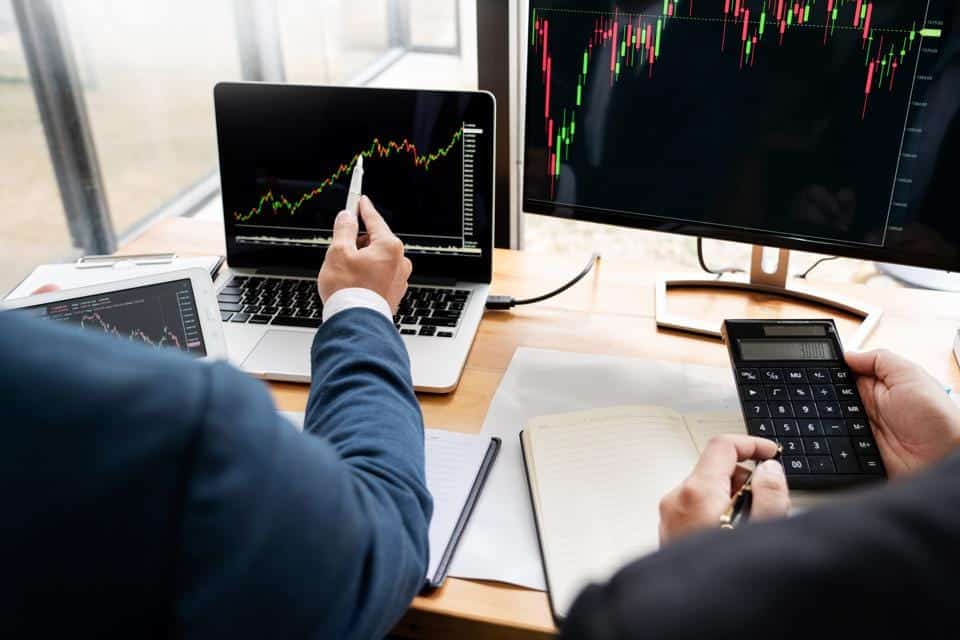Everything You Need to Know About Forex Demo Accounts

Trading in the forex market requires experience, learning, and expertise. But beginner traders lack that. So, how can they start trading without having any experience at all? The answer to this is a forex demo accounts. A demo account is a simulation of a live forex account, which helps traders learn trading without losing any money. In this article, we will understand demo accounts briefly.
Why to Use a Demo Account?
A demo account has various advantages. The main advantage is that it allows you to practice without ever worrying about losses. Although the losses are virtual, they do not pester you in a way as losses in a real account would do. You will gain a better understanding of the market and the various functionalities that your broker might offer you. You can backtest various strategies, and you can test new strategies to find out how they work. Traders can even tweak your current strategy if needed.
What to Look Out for in a Demo Account?
You should look for various things while learning how to trade using a demo account. They are as follows:
- Observe any restrictions that the broker offers. A demo account does not offer any limitations or restrictions to its users. It is unlimited in nature.
- The broker must allow you to trade freely without pressuring you to open a live account with them.
- They are free, and your broker must provide you with a free demo account for at least 30 days.
Difference Between Demo Account and Live Account
The main difference between a live and a demo account is that a real account or a live account involves real money, so the losses are also real. Therefore, such losses ‘pinch’ the heart of the trader. On the other hand, a forex demo accounts account does not involve any real money. It instead deals with virtual money, which does not make traders feel too emotional about losses. Since a demo account does not involve real money, trading psychology might be out of the game. It means that emotions like hope, fear, and anxiety, which trouble a trader while trading on a live account, do not trouble traders in a demo account. Like losses, gains on a demo account are not real, unlike on a live account.
Disadvantages
You cannot make any money on a demo account. Trading psychology is missing from the equation while trading on a demo account, which makes it difficult to trade with the right mindset until you are determined enough to do so. The results achieved on a demo account differ from the results achieved on a live account due to these factor. Sometimes, traders might feel a false sense of pride or confidence when they achieve such results.
What to Practice on a Forex Demo Account ?
- Understand various order types and learn how to use them. That will make your knowledge grow deeper.
- Learn how to study various reports to make changes in your trading strategies accordingly.
- Learn to test and create strategies
- Use both basic and integrated layouts to understand the difference between the two. Many expert traders use an integrated layout, and by using them both, you will come to know why they do so.
- Learn how to use leverage to learn risk management strategies in detail.
Moving to a Live Account
After trading on a demo account, consider trading on a live account. Learn until you feel confident enough to trade with the least amount possible you can afford to lose. In the beginning, use a micro or a mini account. Learn patience and practice risk management to minimize losses.
A demo account is surely the best way to start as a beginner in the forex market. The market demands knowledge and practical learning experience, which is what a demo account helps you out with the most. Although there are a few drawbacks, like not having to worry about emotions, as in the case of a real account, it is best for anyone to gain sufficient experience to start a career in the forex market.
